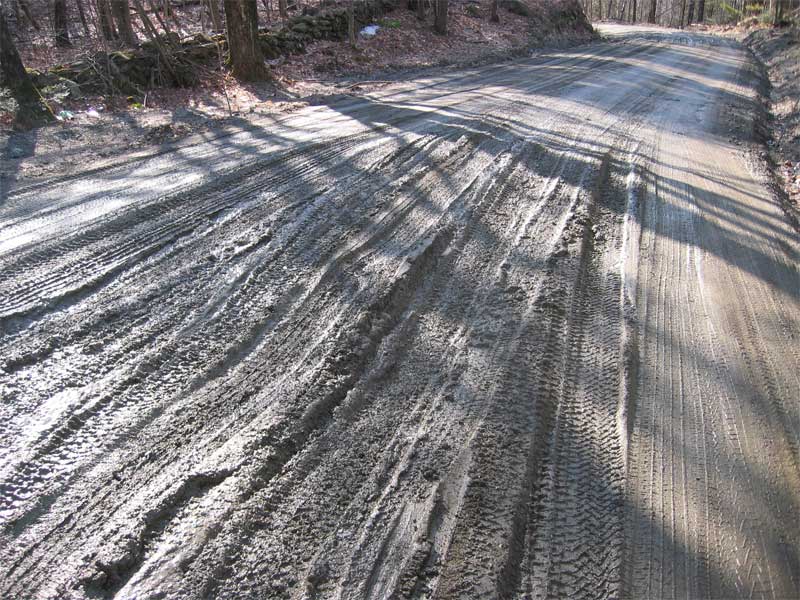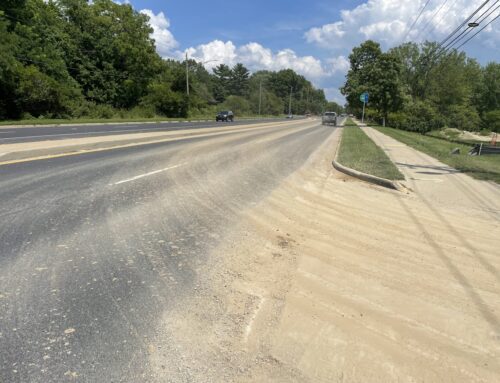In Indiana we are about to enter both the start of the spring rainy season and the beginning of construction being in full swing! It’s especially important to take proactive measures to prevent erosion from construction sites when the soil is disturbed and there is a lot of rain in a very short period of time. This is because splash erosion (loosened dirt disturbed by heavy rain) compounded by sheet flow (a significant volume of stormwater moving across the site) creates a perfect storm of factors that result in a greater chance of erosion and significant pollution.
Every construction site should be fitted with perimeter protection, construction drives, and inlet protection (where applicable) – managing potential sediment issues at edges, entrances, and exits. Spring is an excellent time to evaluate existing measures for maintenance needs, especially since sites that have been inactive over the winter may need BMP repairs before work resumes. In terms of maintenance, it’s especially critical to pay attention to regular inlet protection maintenance in the spring – whether that’s replacement or cleanout – due to the potential for drainage issues if inlet protection becomes clogged with sediment and/or receives high volumes of water. If you are installing construction drives, remember to install geotextile fabric beneath the stone – that means having to top it off with stone less often during the soggy spring!
Frost seeding is an excellent winter/spring erosion prevention measure that can be useful for addressing areas that could not be seeded in time in the fall. Frost seeding is typically accomplished by broadcasting seed (care must be taken with selection of the appropriate type of seed) in the late winter/early spring when the soil is going through freeze-thaw cycles, which helps the seeds stick to the soil and also (in the case of snowmelt) can provide a built-in source of irrigation. Additionally, it allows seeded areas to take advantage of spring showers without the difficulty of trying to seed wet ground. For areas that cannot be seeded, mulching is an excellent way to temporarily stabilize soil – the most appropriate mulch should be chosen according to site conditions and availability.
Starting off the year with important erosion control infrastructure and preventive measures in place sets your site up for a successful spring construction season!







